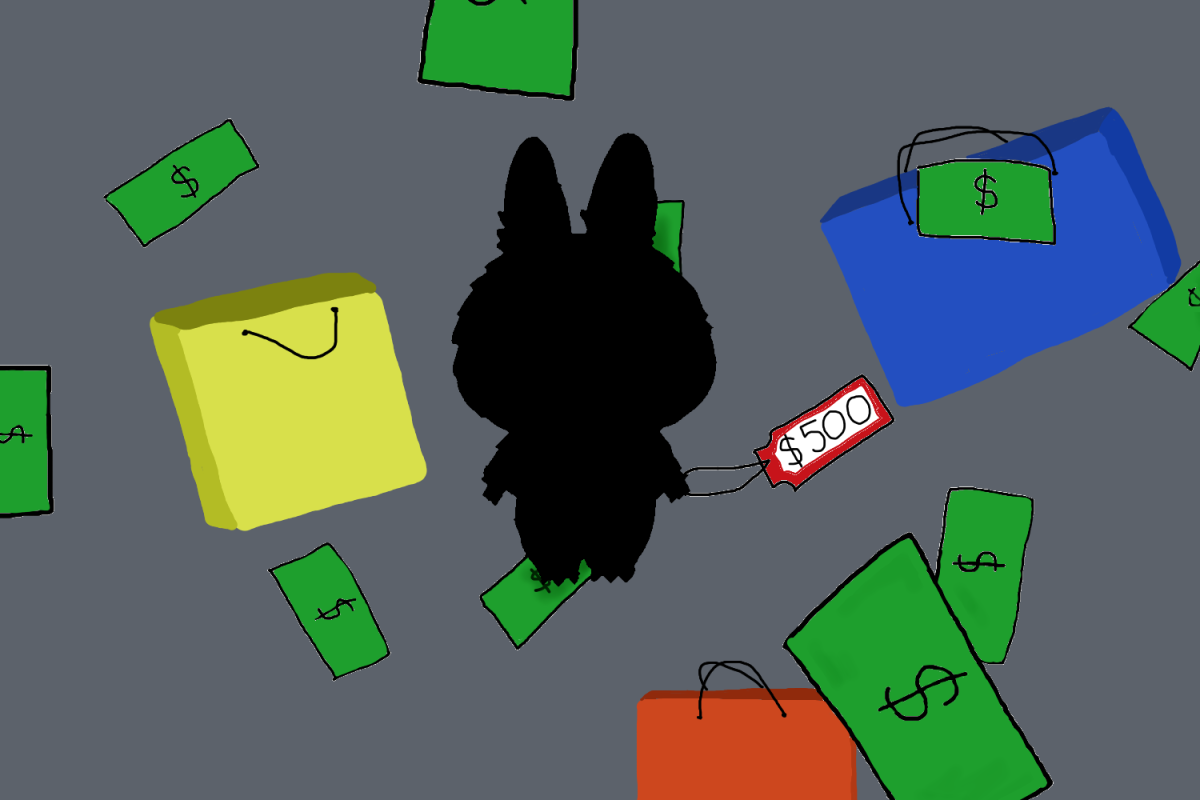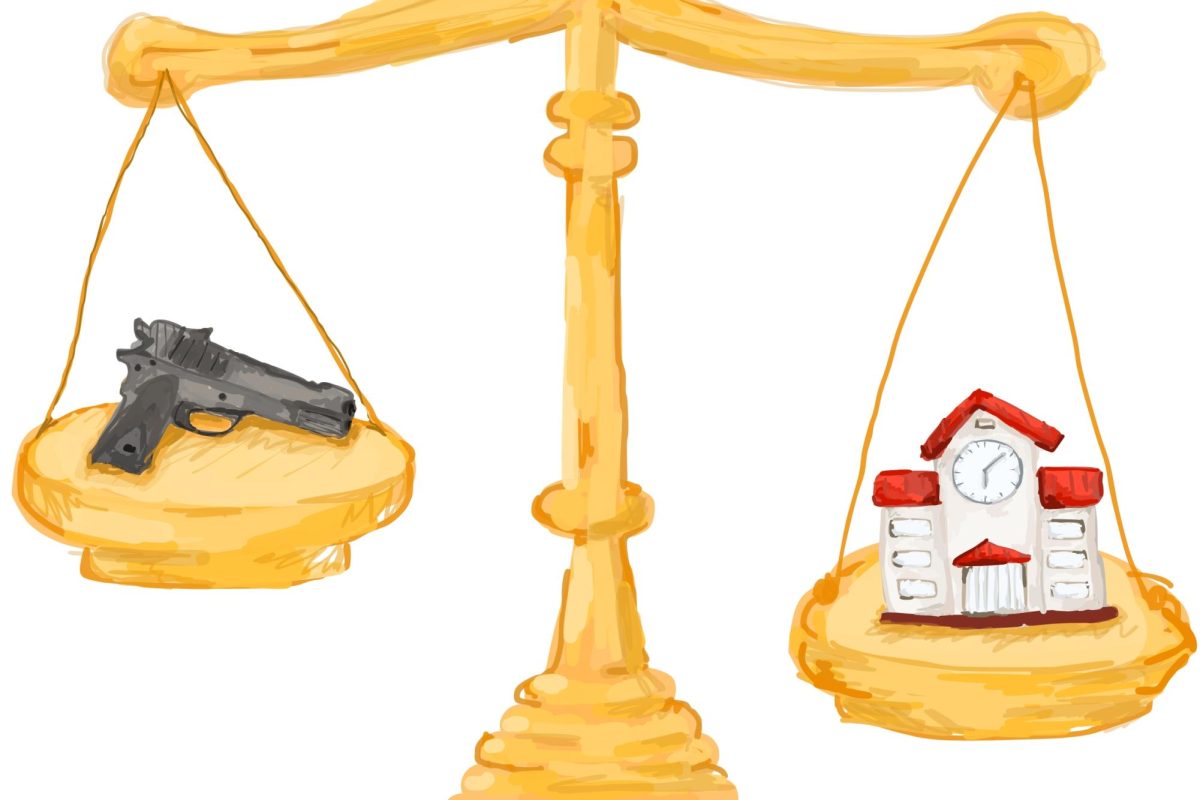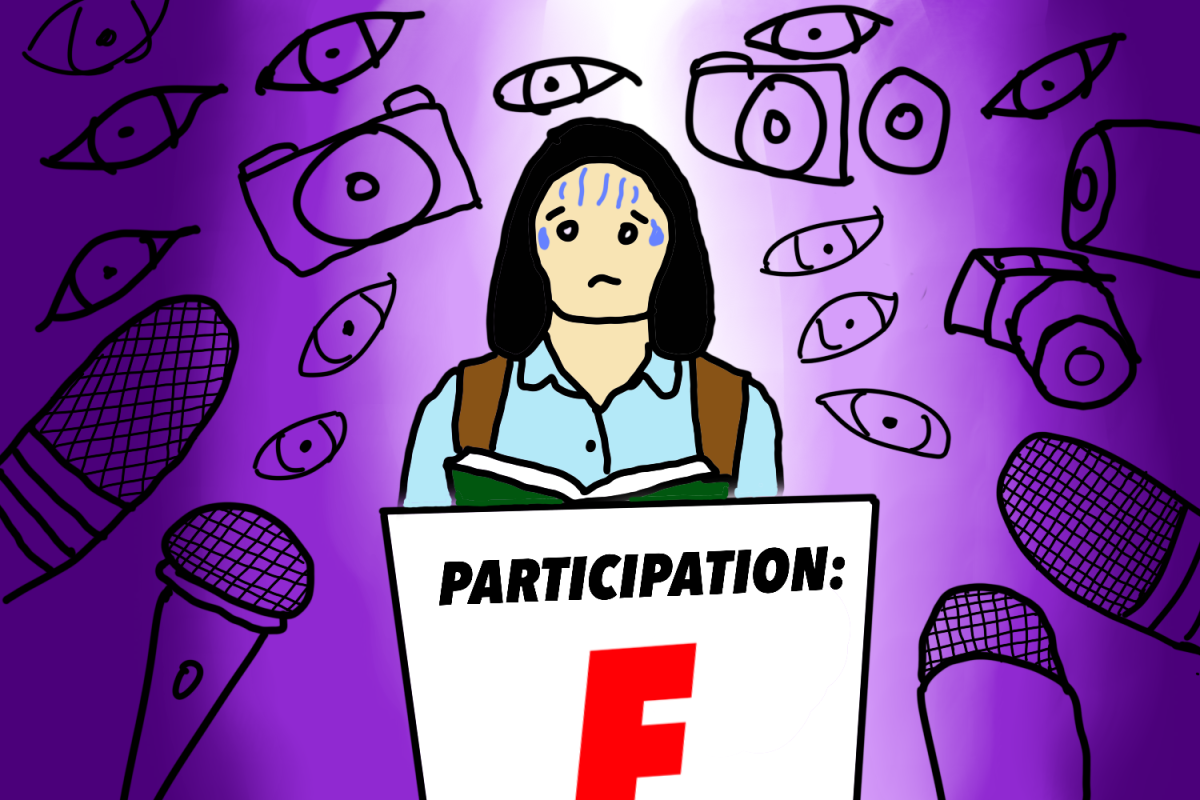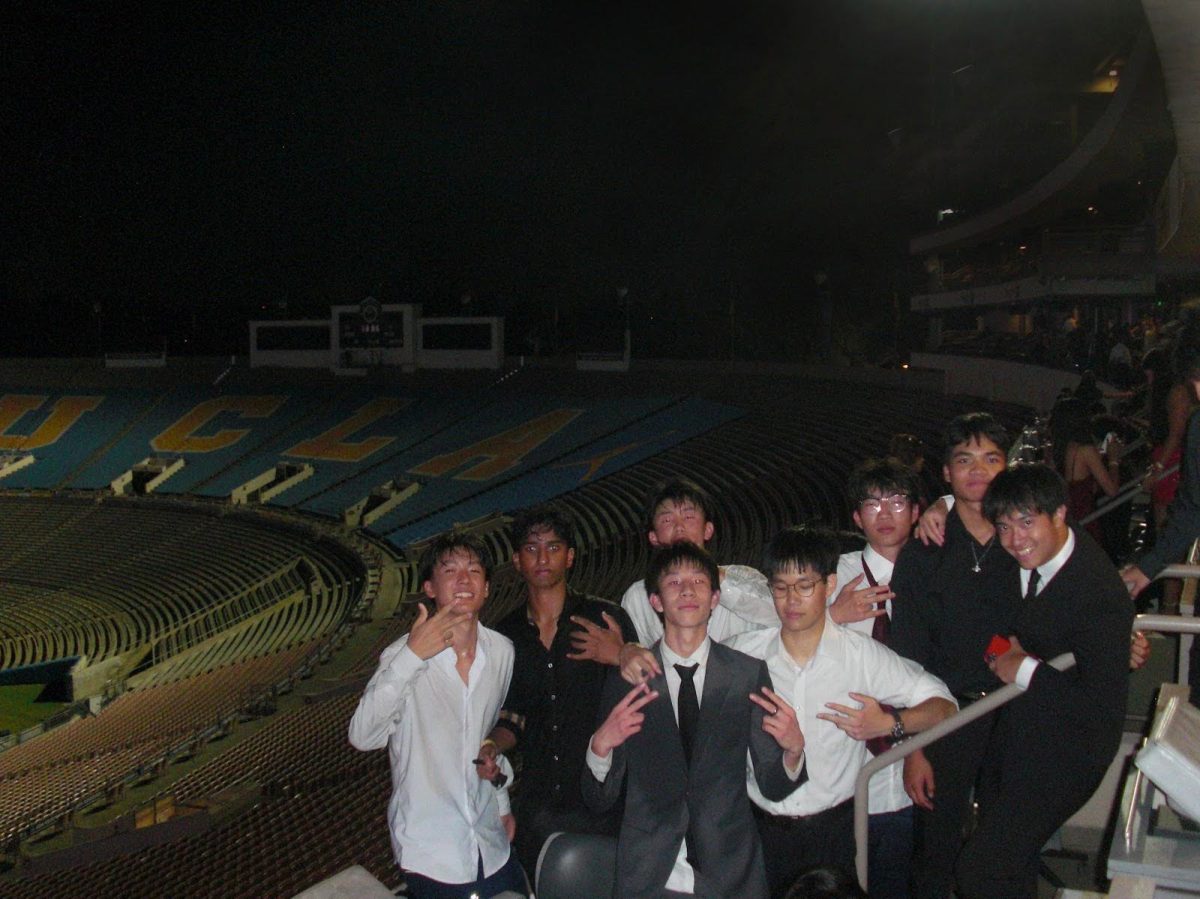We‘ve all seen those fluffy, monster-like toys hanging from someone’s backpack. With the rise in popularity of bag-charms, Labubus have become a national craze. But what makes them so addictive, and what does their popularity say about our society?
Labubus are based on both nostalgic and mystical creatures. Characters like the Care Bears, Hello Kitty, and Monchhichi explain why Labubus are so cute and nostalgic. The creator behind the original sketches and illustrations for the Labubu is Kasing Lung, an artist from Hong Kong who later moved to the Netherlands. The Labubu are based on elves and other-wordly creatures.
While the design of Labubus are very attractive, the packaging also plays a big part in why people buy them. They are typically sold in blind-boxes, where buyers don’t know which figures they’ll get. This creates suspense when opening up the toy, making consumers come back for more in hopes of getting a rare or limited edition Labubu. With the continuation of consistent buying, consumerism in this toy industry especially is astounding. So many purchases of a seemingly “useless” toy is surely an indication of a “consumer final boss.” This “final boss” is a person who has reached peak consumerism; buying with no regard for any financial choices based on reason. Secret Labubus or hard-to-get Labubus, make buyers keep going back in the hopes that they might get the rarer form of this toy. This experience is comparable to gambling. The Labubus’ parent company, Pop Mart, has capitalized on this, selling rare and more expensive versions like the secret Coca-Cola Labubu, which can go up to prices of up to $200. Even the “regular” forms of the Coca-Cola Labubu will go at a starting price of around $45.
Not only that, there are several “exclusive” Labubus that are selling for over $500. There was even a “life-sized” Labubu that sold at an auction in China for $170,000 as an exclusive art piece.
The issue of consistently buying so many Labubus in the hopes that one may get their specific, wanted Labubu causes so much waste. After all, people may splurge once on a nice designer bag or piece of jewelry that they will use for nearly their whole life or may pass onto their children. With these expensive bag-charms, their life is limited to only how long the trend lasts. About 80% of all toys get to landfills or are incinerated at the end of their “life,” adding so much waste to our already-overfilling landfills. Although many may keep their Labubus after the fad has “ended,” its resale value will only drop and owners may be looked down upon for buying such an “unusable” and “short-lived” viral product.
“They are a waste of money…just plastic and fluff that are overhyped by celebrities,” said freshman Annika Sham.
Social media also influences buyers into splurging for these fluffy charms. The internet spread the craze like wildfire and put the idea of FOMO, or fear-of-missing-out, into the viewers’ minds. They believe that if they do not buy this new product, it will show them as “inferior” or “more poor” in comparison to their peers who have it. With the rise of social media in our daily lives, we get influenced and convinced far too easily with foolish promotions.
“It just goes to show how much sway a trend and social media has on our society,” said sophomore Abigail Truong. “In a minute, society will be raging over something else. Money priorities are so disproportionate as so much of society could use the blessing of a simple act of generosity.”
Our society is easily trapped into believing that we must buy the best, newest thing or the most viral product. The insistent brand deals and advertisements along with clickbait make falling into unregulated consumerism too easy. Using educated decisions and proper reasoning will allow one to not fall into a consumer’s snare. Not just that, with this new mindset, one’s wallet will reap the benefits of such a focus. Making smart financial decisions based on solid evidence, not trends, is the best way to avoid another mindless fad from plaguing our society.













